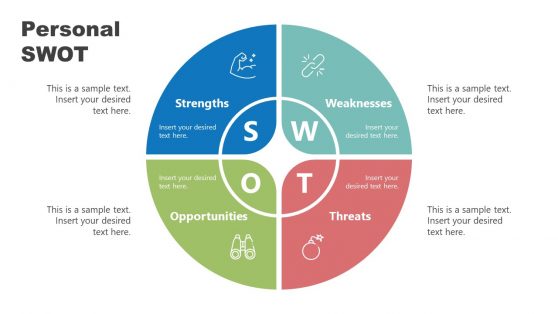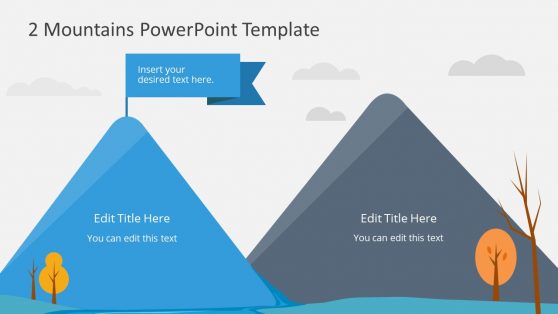Career Progression Chart PowerPoint Templates
A career progression chart template represents a person’s career growth and advancement within an organization. It includes job titles, dates of employment, key responsibilities, and accomplishments for each position.
The chart can track progress over time, identify areas for improvement, and plan future professional development objectives. It could also include details about education, training, and professional certifications. A career progression chart template can help individuals make informed decisions about their future career path.
Download our customizable Career Progression Chart to keep track of your career clearly and concisely. It will also assist you in planning for the future, achieving your objectives, and reaching your full potential in your chosen fields.
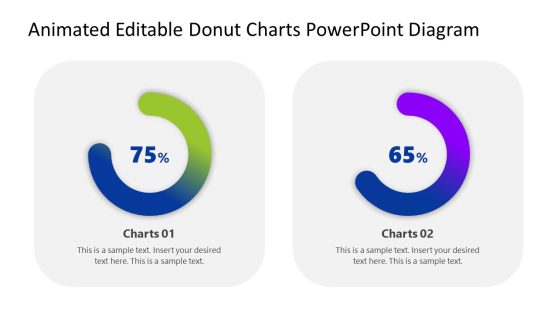
Animated Editable Donut Charts PowerPoint Diagram

Career Development PowerPoint Template

Career Planning PowerPoint Template
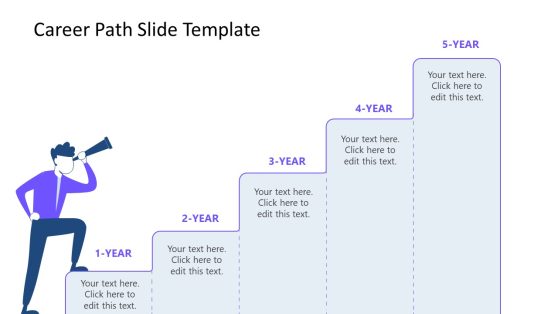
Career Path Chart PowerPoint Template

Job Search PowerPoint Template

4-Slide Resume PowerPoint Template
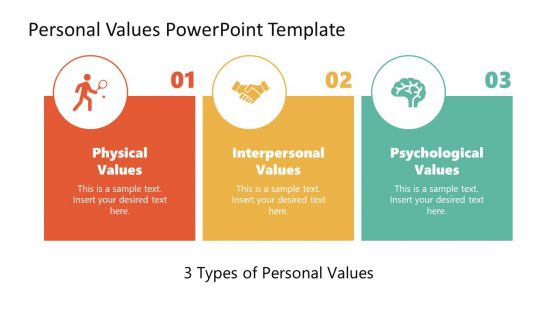
Personal Values PowerPoint Template
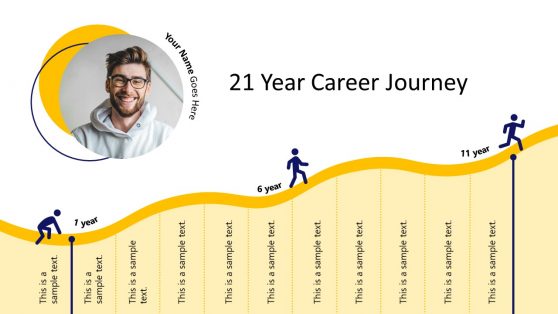
21-Year Career Journey PowerPoint Template
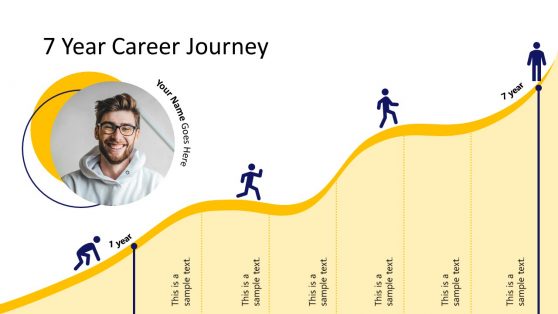
7-Year Career Journey PowerPoint Template

Personal Self Introduction PowerPoint Template
A career progression chart template is a valuable resource for anyone looking to advance. You can identify areas for improvement and plan for future career development opportunities by tracking your career journey. It can also assist you in staying focused on your career goals and making informed decisions about your future. You can also use the chart to identify skills or experience gaps and plan for additional training or education.
Using the career progression chart template, you can easily visualize your career path and identify key milestones and achievements. It can be beneficial when updating your resume, preparing for job interviews, or looking for new opportunities. You can better understand the skills and experiences required for different positions within your organization by analyzing your job titles, dates of employment, key responsibilities, and achievements.
To get the most out of the career progression chart template, keep it up to date and review it regularly. It can help you track short and long-term career goals as well as identify opportunities for professional development, such as training or certifications.
What is a career progression chart template?
A career progression chart template is a visual display of the various stages or levels of career development within a company. It includes job titles, responsibilities, required skills, and time frames for progressing from one level to the next. This tool can assist employees in understanding the various career paths available to them and provide a roadmap for professional development.
What are the 5 stages of career development?
- Exploration: This is the first stage in which people identify their interests, skills, and values and consider career options.
- Individuals begin their careers and develop skills during this phase, gaining experience and expertise.
- Mid-Career: At this stage, individuals may seek additional education or training to advance their careers, take on leadership roles, or explore new career paths.
- Late-Career: During this stage, individuals may begin to plan for retirement and mentor younger professionals while maintaining their field expertise.
- Decline: During this stage, you may consider retiring or pursuing alternative career paths.
What is typical career progression?
The typical career path varies according to the industry, organization, and individual. In most cases, career advancement entails progressing through a series of job titles with increasing levels of responsibility, complexity, and pay. Employees may be promoted to higher positions or moved laterally to gain exposure to different areas of the organization as they gain experience and develop new skills.
How do I create a career progression plan?
Begin by identifying your career goals and areas of interest to create a career progression plan. Investigate the skills and experience required for positions that correspond to your objectives. Then, devise a development strategy that includes goals, actions, and timetables for acquiring the necessary skills and experience. Seek feedback from mentors, managers, and coworkers to ensure your plan is realistic and attainable. Finally, monitor your progress and change your plan to stay on track toward your career objectives.
